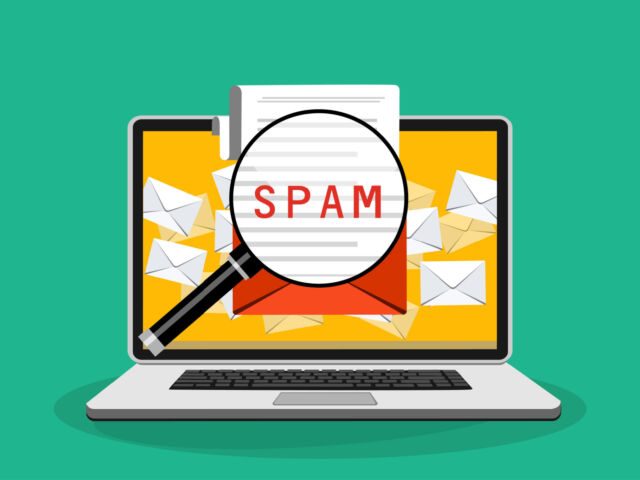Social media serves as an invaluable tool for reaching customers, networking and growing your brand. However, this interconnectedness also brings with it the downside of spam messages, which can range from annoying to potentially harmful. Thankfully, there are ways to identify and protect yourself and your business from these unwelcome messages. In this blog post, we’ll explore how to spot spam messages on social media and take steps to safeguard your online presence.
1. Be Skeptical of Unsolicited Messages:
One of the most common indicators of a spam message is receiving communication from someone you haven’t interacted with before or a message that seems out of context. Be cautious if the message claims you’ve won a prize, offers unbelievable deals or promises financial gains. If a message is making an extravagant claim or offering deals that seem too good to be true, it is most likely spam.
2. Examine the Message Content:
Pay close attention to the content of the message. If it contains numerous grammatical errors, odd sentence structures or an excessive use of capital letters and exclamation marks, it’s likely a red flag. Legitimate businesses and individuals typically strive for clear and professional communication.
3. Check the Profile:
Take a look at the sender’s profile. Legitimate users usually have some history of posts, interactions and photos on their profiles. If the profile is empty, lacks a profile picture or has minimal connections, it could indicate a fake account created for spamming purposes.
If you’ve communicated with the sender on the channel before, you should be able to scroll up on the message chain and see your previous messages. If there are no messages, the profile is probably an imposter.
4. Beware of Suspicious Links:
Links within messages can be a major source of spam. Avoid clicking on links from unfamiliar sources, especially if the message pressures you to click urgently. Before clicking, hover your mouse pointer over the link to preview the URL. If the URL looks suspicious or doesn’t match the context of the message, it’s better to avoid clicking.
5. Verify Requests for Personal Information:
Be cautious when someone you don’t know asks for personal or financial information. Reputable companies and individuals won’t ask for sensitive information like passwords, credit card details or social security numbers through social media messages.
6. Look for Unusual Requests:
Spammers often use emotional appeals to manipulate you into taking actions you wouldn’t normally consider. Be wary of messages that ask for money, request you to send gift cards or propose unusual favors. Always think twice before complying with such requests.
7. Cross-Check Information:
If a message claims to be from a well-known company or organization, verify its authenticity by visiting their official website or contacting their official customer support channels. This can help you confirm whether the message is genuine or a phishing attempt.
8. Trust Your Instincts:
Sometimes, your gut feeling can be your best guide. If something about the message feels off or too good to be true, it probably is. Trust your instincts and don’t hesitate to delete or report suspicious messages.
9. Report and Block:
Most social media platforms have reporting and blocking features. If you receive a spam message, report it to the platform to help prevent others from falling victim to the same scam. Blocking the sender can also prevent further unwanted communication.
While social media brings people closer together and allows you to market your business, it also exposes you to spam messages that can harm your online experience. By staying vigilant and following these guidelines, you can protect yourself from falling prey to spam and ensure a safer and more enjoyable social media presence. Remember, your online security is in your hands.
If you need help managing your business social media channels, Points Group has you covered! Contact us today to get started.


